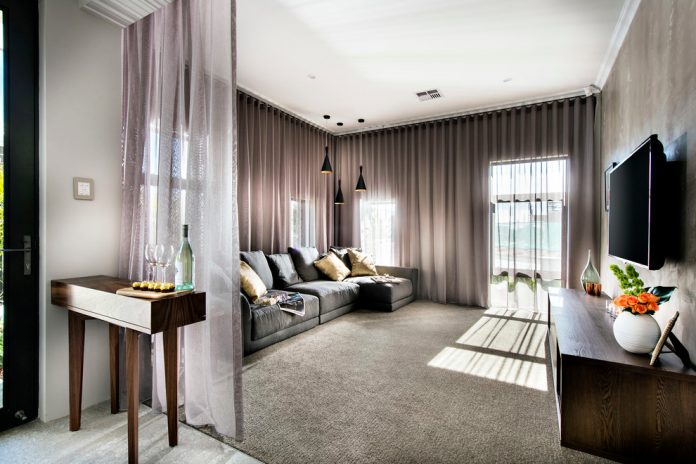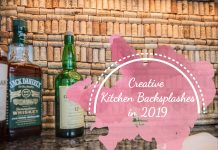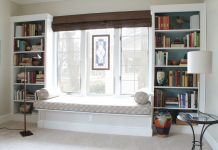Learn the terms that can get you by when talking curtains
Just like any other niche interest, the world of curtains has a vocabulary all of its own. Once you learn a few of the basics, less effort is necessary to decipher the rest. The more you learn, the easier it will be to communicate your desires for your own window treatments.
First, let’s address an age-old question – what is the difference between curtains and drapes? The truth is, they are very similar. Curtains are actually the less formal of the two, and the fabric is typically lighter. Unlined, they are cut window-length and are the choice most used in tiled rooms such as kitchens or bathrooms.
Drapes are more elegant and formal. They’re always lined, sometimes twice. The extra inner lining is usually made of a light flannel that allows the fabric to “drape” and it serves as great insulation when the panels are closed. They fall to the floor regardless of the size of the window. They may open and close depending on what is needed or they may remain stationary for decorative purposes only.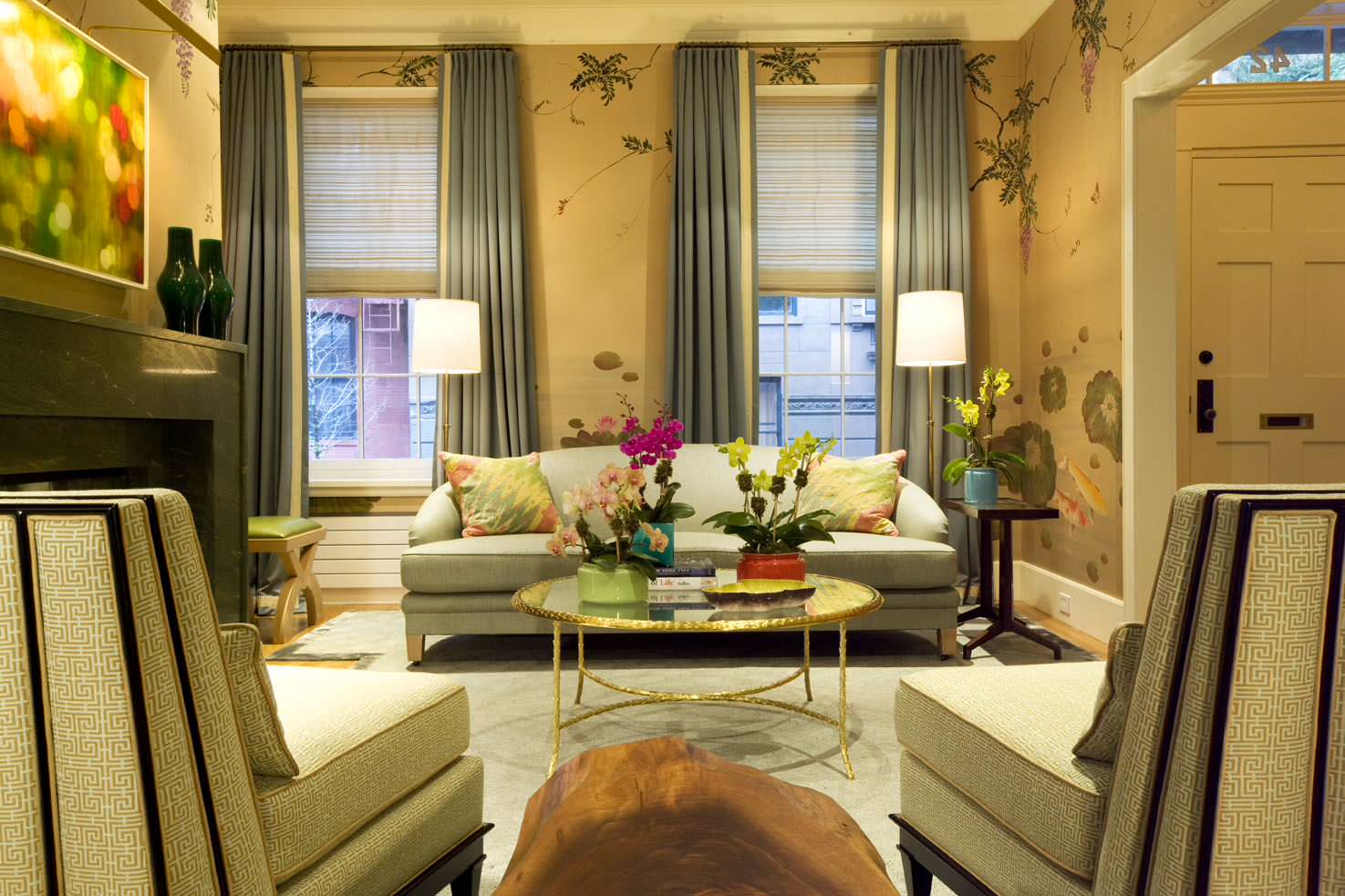
Of note, Café Curtains are super lite and airy. Quite informal, they typically cover only about the bottom two thirds of a window. It’s the perfect setup when the desire is to have plenty of sunlight while maintaining a certain degree of privacy.
Swags and jabots are styles pertaining to the variety “Top Treatments” that are essentially formal window coverings. The horizontal section that floats across the top is the swoop, and the intricate and pleated portions that trail down the sides are the jabots. (A Jabot is a dressmakers’ term used to describe a ruffle attached to the front of a shirt that is lined with a different fabric exposed at the bottom of each pleat).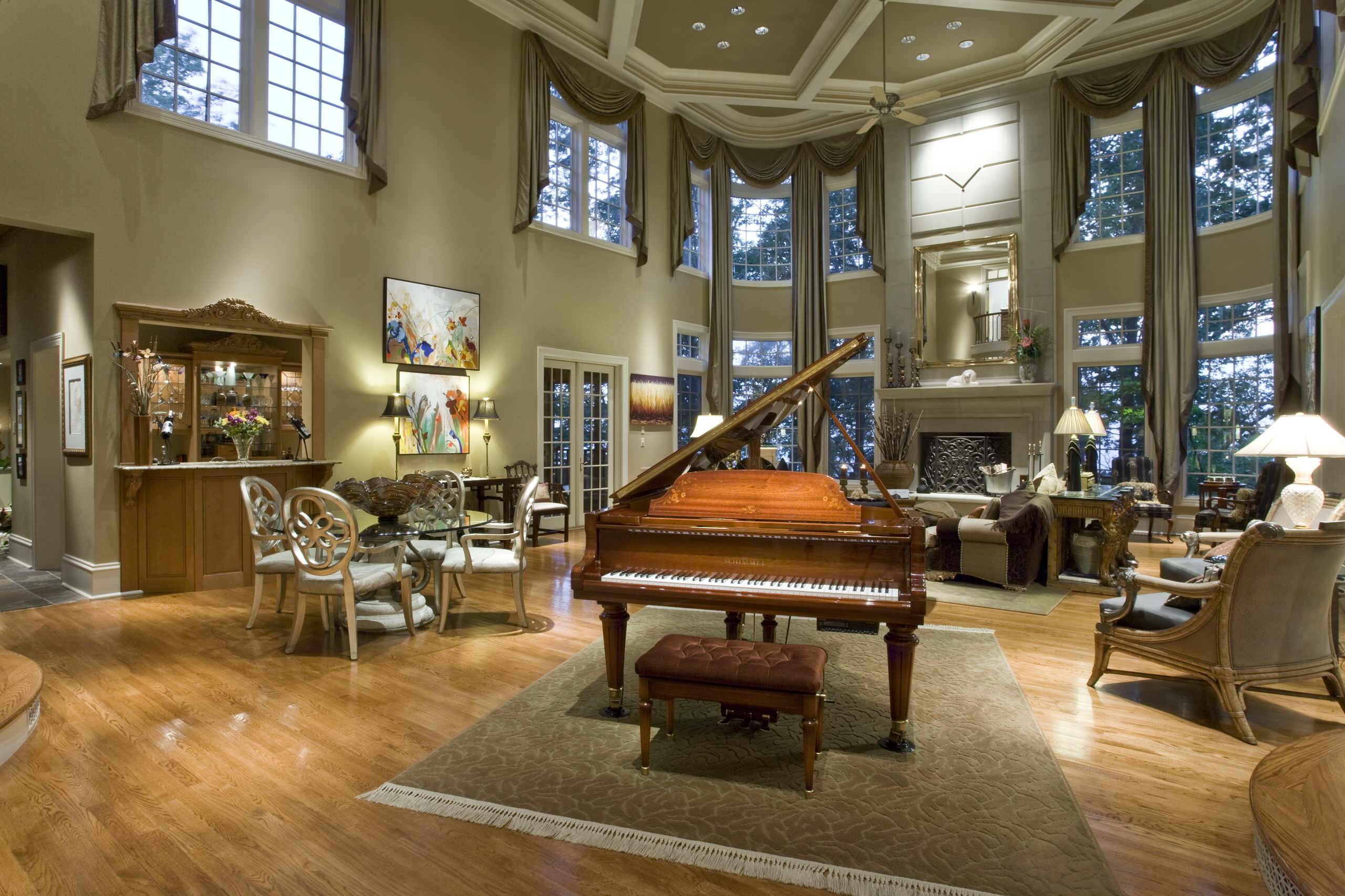
Valances are typically used to hide the hardware that makes your window treatment functional. They hang from a concealed rod and are available in countless options. They may even serve strictly for decorative purposes.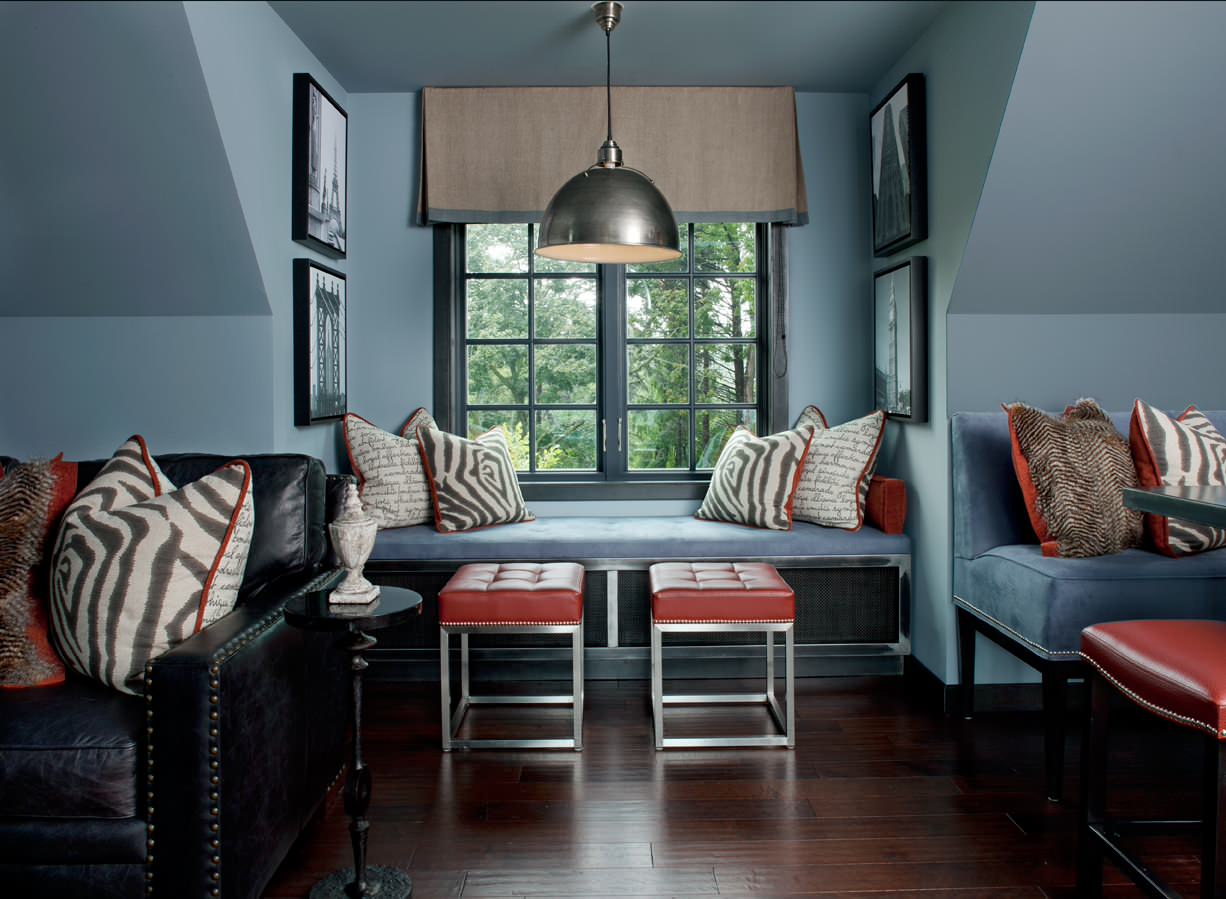
A Cornice is nearly identical to a valance; it’s the harder twin, literally. It contains fabric upholstered to a board. It is stretched not gathered or pleated. It uses less fabric thereby making the use of more expensive textile more affordable.
The tab-top drape utilizes loops sewn into the top on the fabric that accommodate a rod. Very decorative, they actually pose some difficulty when trying to shut them (they are typically intended to stay open).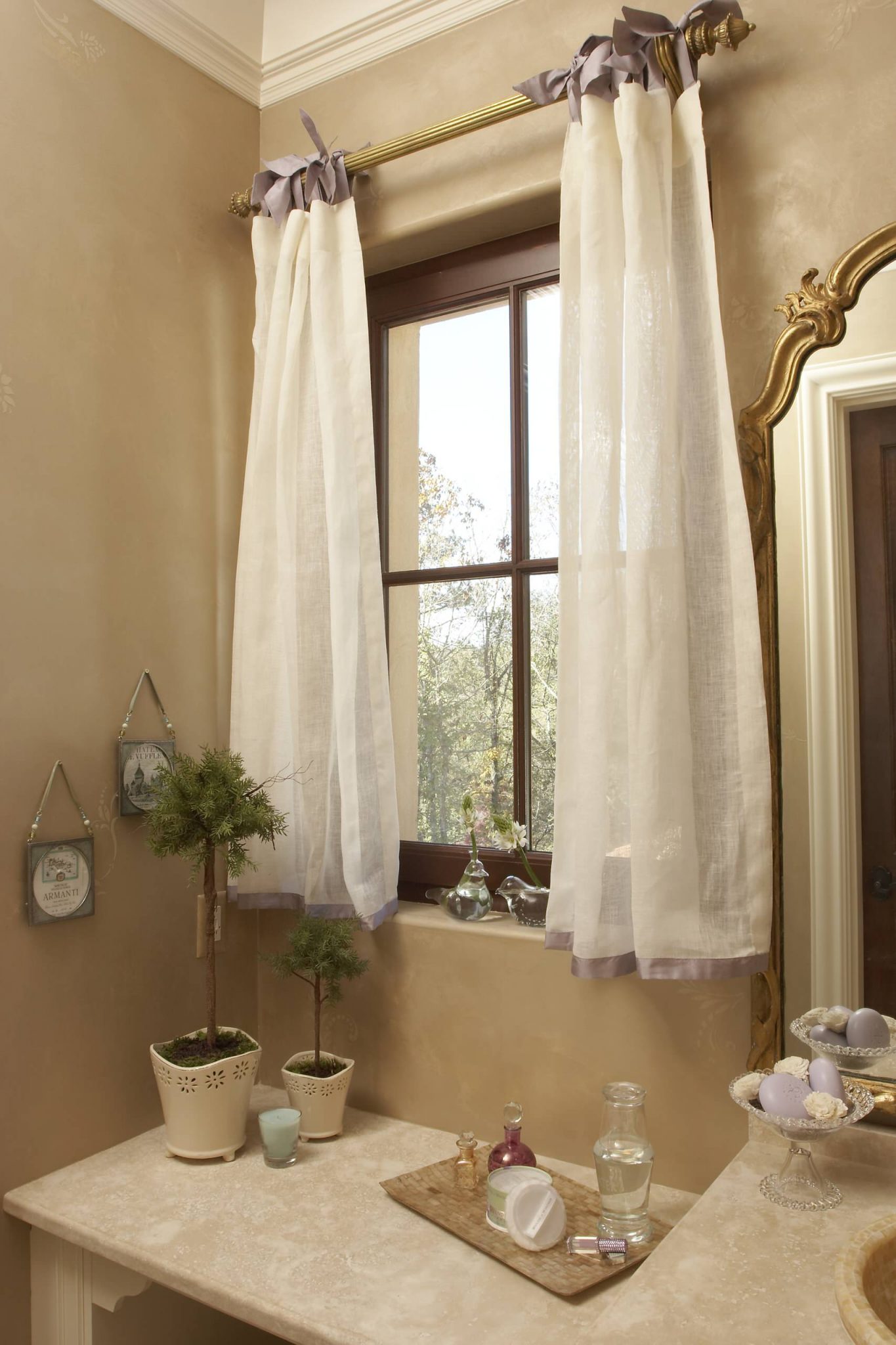
A rod pocket is virtually the same at the tab-top, there’s a long pocket at top for the rod to slip through, but here the material surrounding it is tightly gathered. Also like its predecessor, it’s best if left open, it is not designed to shut easily.
A popular and very common curtain style feature is the pleat, of which there are innumerable options. It gathers the entire width of the fabric into a manageable width at top, where the panel meets then hardware. They may be attached with rings, or drapery hooks that are hidden and attach to traverse hardware, which is set to allow the curtain to be drawn.
Whether used by rods or traverse hardware, pinch pleats are seen most often and are stitched only at the bottom while the French pleat is tacked at top. The goblet pleat is also tacked at bottom but not gathered, while the box pleat works very well with linear or plaid fabrics. Not to be outdone, the pencil pleat is comprised of folds at the curtain’s top like a consecutive series of vertical three inch pencils.
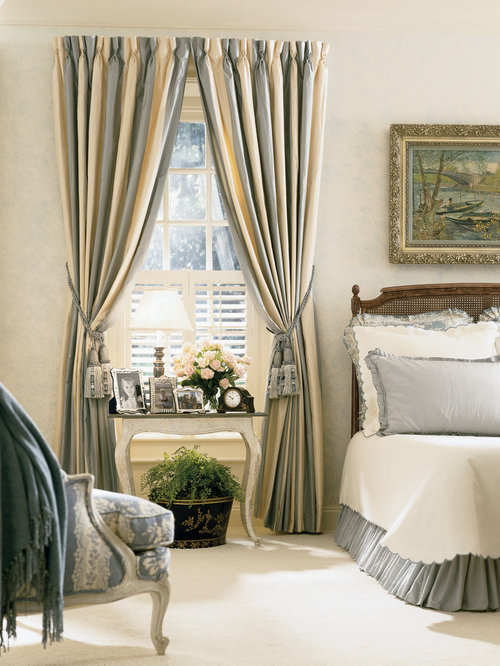
Pulling the curtains open, tiebacks do, in fact, tie them back. They are not typically untied to release the panels as the open curtain feature here is again intentionally decorative. Stylistically they may be used to mix up the look of panels that ARE meant to hang straight down.
Ultimately, a window treatment’s beauty is in the eye of the beholder. However, if you seem to be the only one to trust your eye, get a second opinion. There is so much to work from when creating such a design, you’re likely to combine complementary options to create a successfully admired window treatment!

